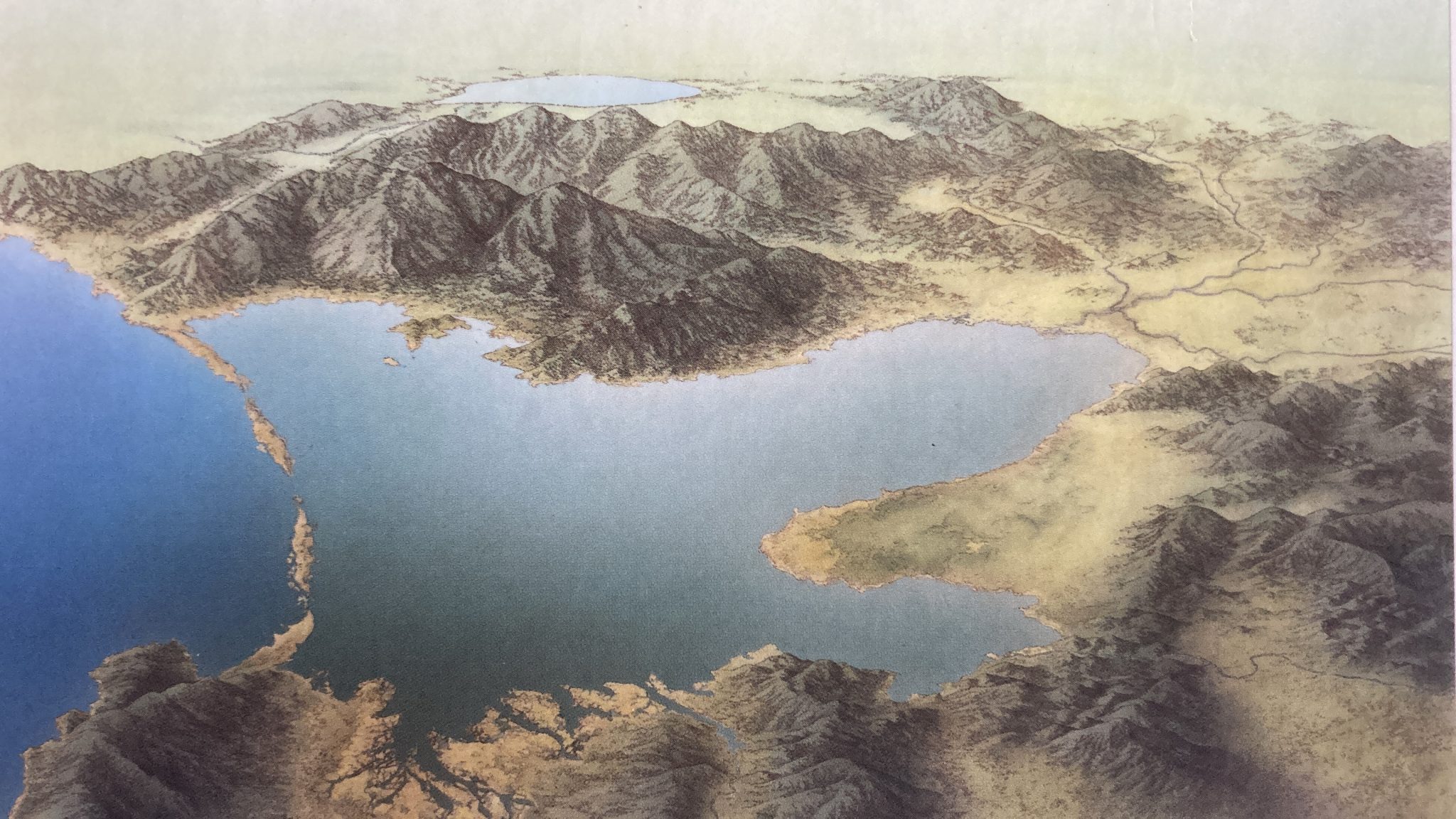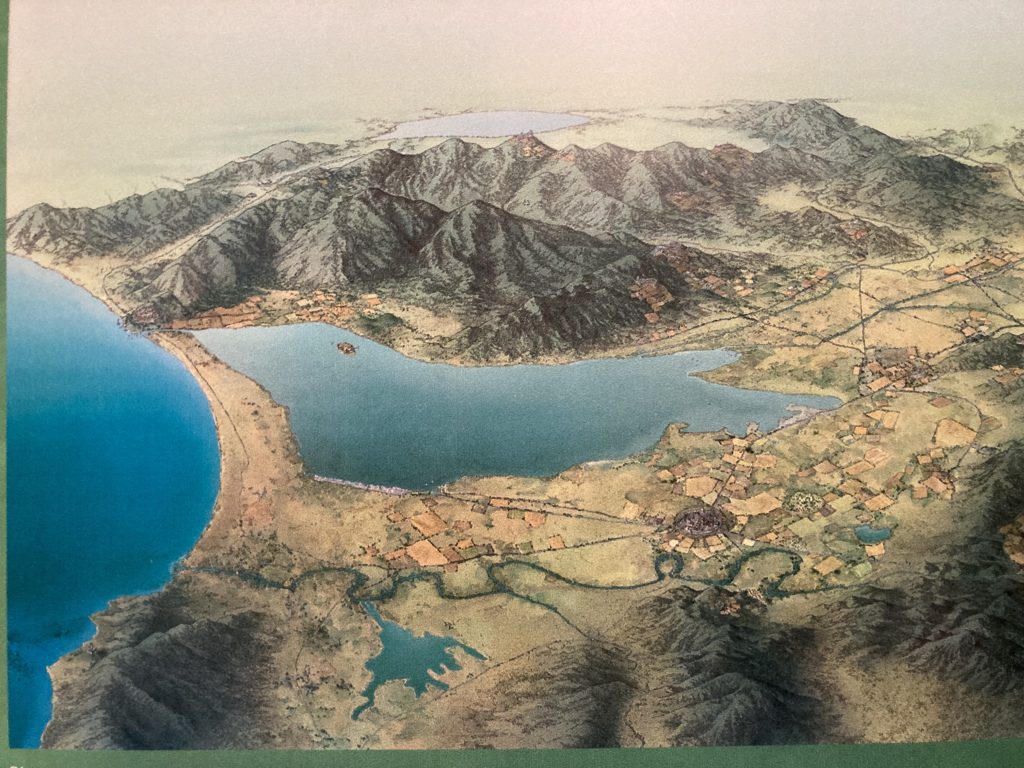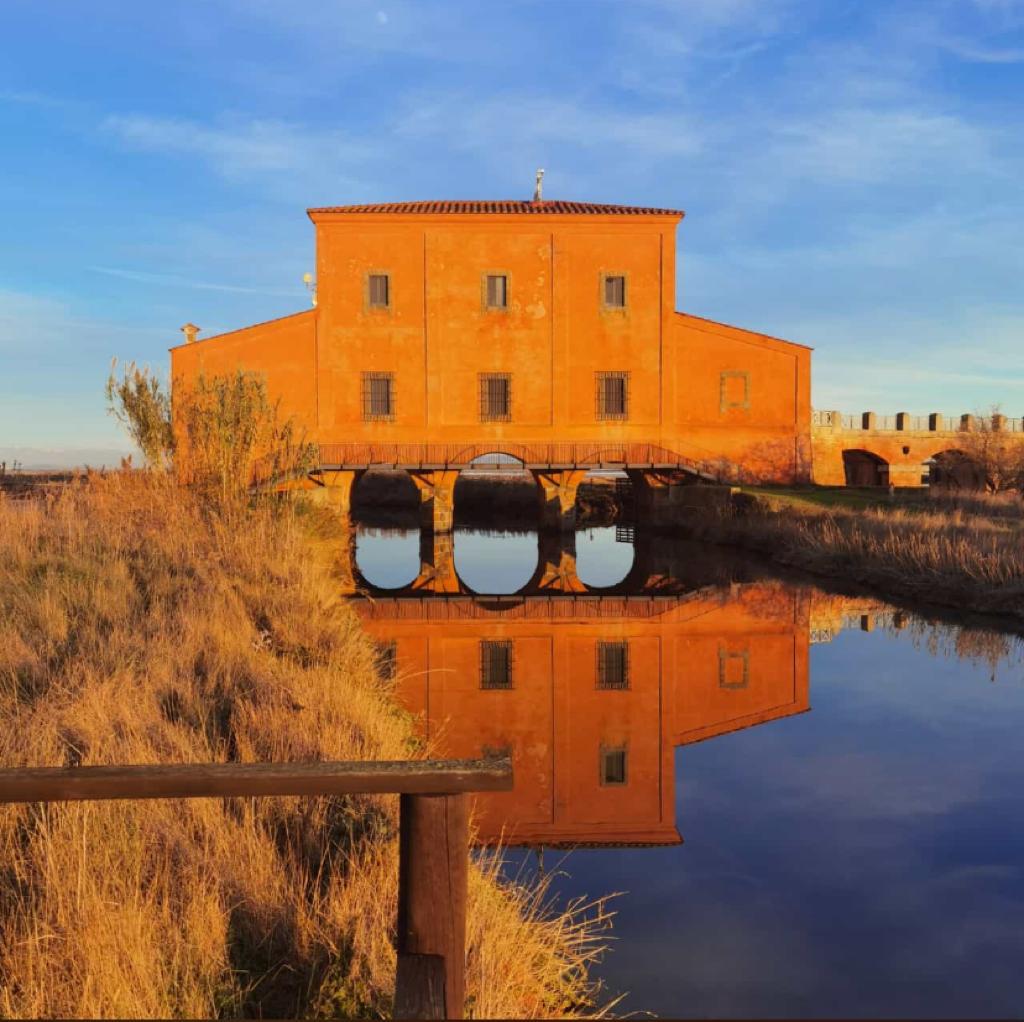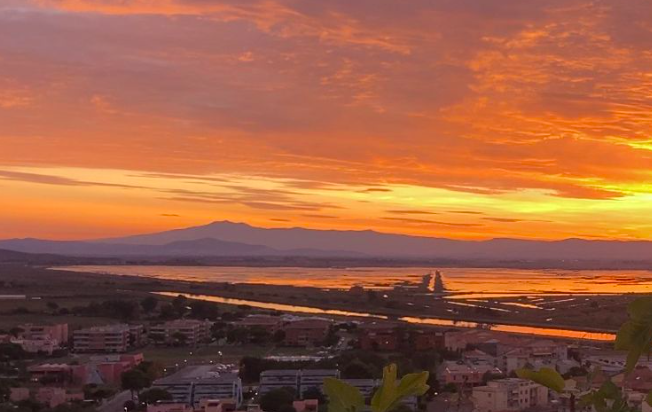PRILE LAKE AND THE DIACCIA BOTRONA

THE GENESYS OF A TERRITORY
In prehistoric times, the entire area that today corresponds to the plain of Grosseto was completely flooded by the Tyrrhenian Sea. This portion of sea, baptized "Prile lake", surrounded by the hills of Castiglione della Pescaia, Monte Leoni, Poggio di Moscona and the Uccellina Mountains characterized an ancient and primordial environment where prehistoric man began to build his first settlements above these hills.Over the millennia, the numerous debris flows of the Ombrone and Bruna rivers began to silt up, creating what is now the "Tombolo di Castiglione", the strip of sand where a dense thicket built by Pines and Mediterranean scrub soon grew. Etruscans and Romans developed their cities using Lake Prile as a means of transport, a source of fishing and for the extraction of salt.
With the passing of the centuries, the urban decay that followed the Middle Ages, the tombolo almost completely closed and Lake Prile lost its salinity becoming a brackish basin. This basin, while the Renaissance was living in Florence, soon became an unhealthy swamp, lashed by malaria. The hegemony of the Grand Duchy of Tuscany itself did not help this land, the Medici of Florence exploited the territory by intensifying fishing, avoiding excessively "refreshing" the waters, consequently causing a mephitic stagnation of the Marshes. Life expectancy in these lands unfortunately did not exceed 30 years.
It was only with the arrival of the Lorraine to the throne of the Grand Duchy, a cadet branch of the Habsburgs, that the first reclamation campaigns were launched aimed at making this apparently compromised territory again productive and suitable for hosting life.
At the end of the 18th century, the Grand Duke Pietro Leopoldo summoned the Trapani hydraulic and civil engineer Leonardo Ximenes ...


THE REBORN LAND
However daring and futuristic Ximenes' attempt did not bring great results. The idea of separating fresh and salt water through a system of locks still visible today in the famous "Red House" did not work.
It will be the Grand Duke Leopold II who will set the turning point through a new reclamation technique, developed by his minister Fossombroni and the engineer Manetti. Through the mobilization of a large workforce from the North, the "Shovel workers", a system of canals and basins was built to channel the clay and silt-rich waters of the Ombrone river in order to deposit the debris and literally "bury ”The depressed areas where still water made the Anopheles mosquito proliferate, the main vector of Malaria.
This gigantic work lasted decades,
Only with the arrival of mechanical dewatering pumps and further reclamation interventions in the first half of the twentieth century was it possible to carry out the INTEGRAL reclamation of the ancient Lake Prile.
Today only a strip of wetland has remained to testify to us what the Maremma landscape must have looked like centuries ago: the Diaccia Botrona ...

This humid territory, now a Nature Reserve, obtained in the 90s the right recognition as a Wet Area of International Interest and is today protected and preserved as a unique testimony of the history of the territory and as a precious habitat where numerous species of migratory birds decide to stop every year. for nesting.
This fabulous territory can be explored together with our Environmental Hiking Guide on one of our excursions.
